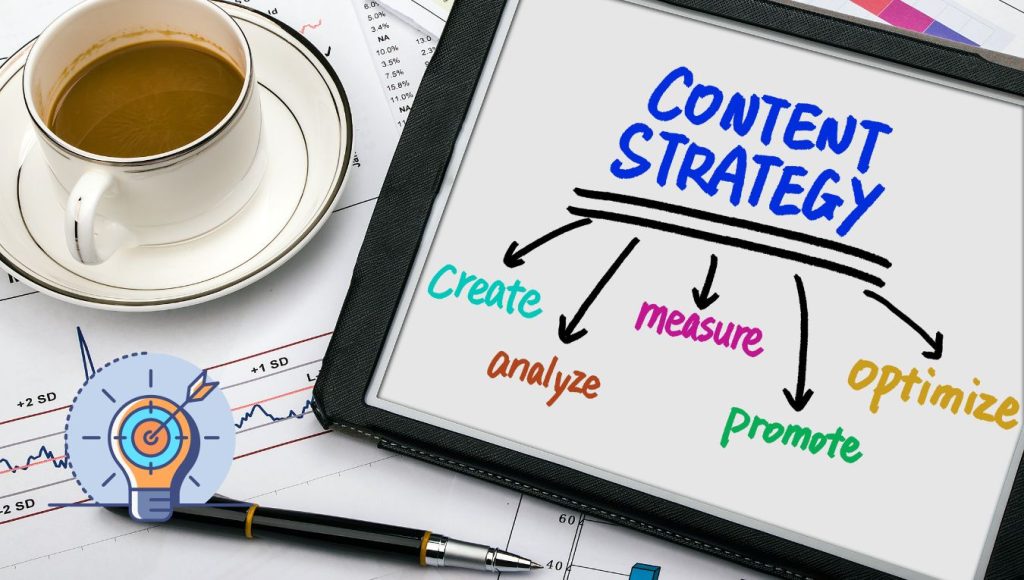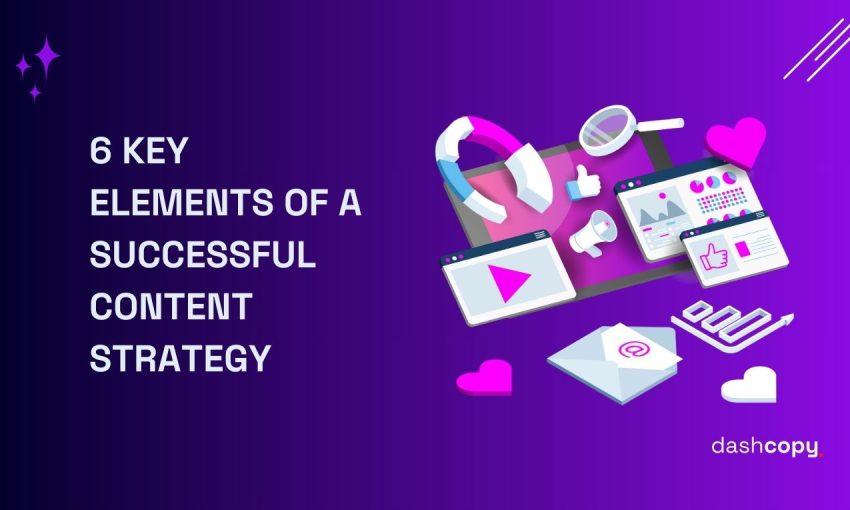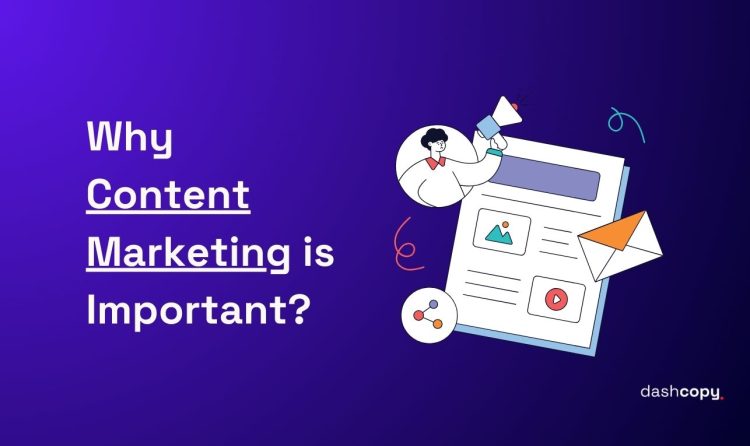As it has been rightly said, ‘content is the King’, especially in the context of a digital world. However, even if one creates the best content the latter can be easily overshadowed when there is no proper strategy in place.
An effective content strategy helps the content that you create to get to the audiences that you want to reach and touch their hearts, thereby producing the desired outcomes for your business. Here are six crucial steps that one needs when he or she is composing a content strategy.
Why Content Strategy is Important?
A sound content strategy is vital for any business since it entails relevant and coherent content that adequately communicates with the audience.
It brings brand awareness, brings traffic on its own, and produces quality leads by following the appropriate business content strategy. The implementation of effective content ideas helps in the enticement of the customer’s attention, creating trust and authority in the respective field.
It also effectively arranges resources to make content creating and sharing simple in many platforms of the business. Specifically, organizations are able to capture performance and develop the appropriate strategies for the delivery of a higher ROI and business success in the long run.
Thus, the notion of content strategy might be viewed as the backbone of successful existence in the digital environment.

1. Clear Objectives and Goals
Since designing an offer into a piece of content is crucial, it is equally significant to have the offer as an objective when developing any form of content.
It is important to determine the objectives you need to achieve: Higher brand awareness, better leads and or website hits and or clientele base.
In combining the concept of objectives into the content strategy it becomes relatively easy to align it with the business objectives and even have a reference or benchmark in cases that need it.
Make sure your goals are SMART: S M A R T: Specific, Measurable, Achievable, Reliable, and Time-bound.
2. Understanding Your Audience
The audience is the foundation of any content marketing strategy because who you are writing for determines the results. Carry out research to get insight into their needs, preferences, and or challenges.
Develop ideal customer profiles that can give a clear picture of your target markets. These are the personas that you’ll work with while creating the content, thus, making it easier for the audience to relate to it and solve their problems.
3. Content Planning and Creation
After all, the goals and knowledge about the audience, you are ready to proceed to the planning stage of your content. Create a content calendar that shows the specific kind of content that will be produced, the timing of creation and distribution, as well as the distribution channels.
Thus, the promotion plan should consist of various types of content like blog posts, videos, infographics, podcasts, social media posts, and others. Frequency and setting up a reputation for a publication are important so as to be believed and go on and create authority.

4. SEO and Keyword Strategy
It must be noted that SEO is intrinsically important so that the content can easily be accessed. Optimize your content for Keywords and the Search Engine by searching for the type of content your audience is seeking and integrating the Keywords into your piece in a way that does not look forced.
Keywords in the headlines, descriptions, and images have to be optimized and a website should be technically correct to rank higher.
It is therefore important to note that SEO is not only about the strings joined to words but about creating value for the user.
5. Distribution and Promotion
Developing good content is one thing; it is another thing to have a strategy for how to spread the content out and promote it.
Decide the right one for engaging the audience and include social media, email marketing, guest posting, affiliation with the influencers, etc.
Still, learning to use the audience one already has by encouraging them to share, like and comment is a good way to go. Organic promotion could also be useful, most often with an effort to get more attention for some of the posts – paid promotion is also useful.
6. Analytics and Performance Measurement
To improve your strategy more and more you have to monitor and evaluate the whole process. Information can be obtained by means of using Google Analytics, insights from social networks, and email marketing KPIs.
Measurable objectives involve the use of traffic on the website, engagement, conversion, and/or the return on investment.
It is also recommended to review this data on a regular basis in order to figure out what strategies prove effective and which ones do not in driving consumers’ traffic.
The idea of successful content strategy Here, content strategy is a long-term process that cannot be achieved in one go but is a continuous process that needs planning, implementation, and assessment. There is no question that by outlining and implementing the above information, goals and objectives, target audience identification, the development of content currently valued by consumers, SEO, and correct distribution and promotion of content as well as continued analysis of performance indicators, a lasting strategy can be constructed that will benefit the business in the long run. Adopt these six pillars and you will see your content initiatives soar.





